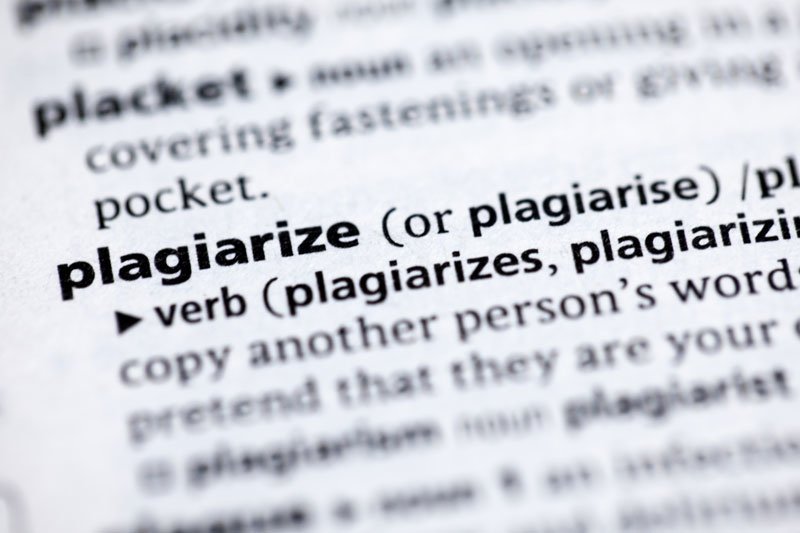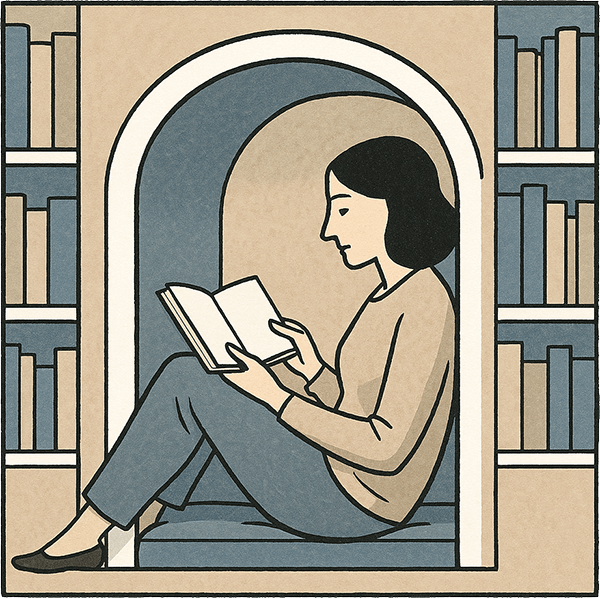What is Book Plagiarism
With so much digital content published on a regular basis, it’s more important than ever to ensure your self-published writing isn’t inadvertently plagiarizing another author. It’s easier than you might think to fall into the trap of accidental book plagiarism. While the biggest risk is for authors writing content heavily dependent on research, like non-fiction, there’s also a risk of copying plots and characters in fiction writing beyond what’s ethically acceptable.
And in practice, plagiarism is fairly rampant in the self-publishing world. It’s most often seen in the romance genre, where eBook sales are particularly high, and there’s a lot of pressure on authors to pump out a consistent stream of content. In some cases, the pressure of continuing to perform in online rankings has pushed even established and successful authors to carry out blatant acts of book plagiarism. But for most writers, it’s a matter of understanding the nature of plagiarism well enough to avoid accidentally crossing such a line.
What is plagiarism?
The most familiar and widely understood form of book plagiarism entails stealing another writer’s exact words. But this is by no means the only type of plagiarism, and it’s fairly hard to do inadvertently. Instead, non-fiction writers need to be cautious in their research, and fiction writers need to ensure that their ideas are not just a rewritten version of plots or character from another book. This is where the line can get blurry, since inspiration from others is such a huge part of fiction writing.
The definition of plagiarism from the Library of Congress is “The act of stealing and passing off the ideas, words, or other intellectual property produced by another as one’s own.”
And ignorance is no defense. So it’s important to be proactive in understanding what constitutes plagiarism and how to avoid it.
Research precautions
When conducting research, leave yourself plenty of time and don’t rush. Put some space between your own writing and your source, taking time to process the information and put it in your own words. Take organized notes, record all your sources and quotes. And when you’re done writing, go back and check that your phrasing doesn’t include language that you accidentally memorized and regurgitated.
Some writers even copy and paste from research, intending to go back rework it later, but forgetting to do so. Don’t even take this risk.
And of course, give credit for the ideas and quotes that you do decide to use.
Fiction precautions
Some new writers may think you can retell a story, changing some names and details, and have it technically not qualify as plagiarism. This is not the case, and doing so will put you on shaky ethical ground.
Incorporating some plot elements into your own story, or putting a creative new spin on another idea is not plagiarism. Going beyond basic elements and taking multiple ideas from the same piece of work, while failing to add substantial ideas of your own, certainly is.
Plagiarism checkers
Luckily, with all this nuance involved in determining what constitutes plagiarism, there are many software tools available to writers to help avoid accidental plagiarism.
Grammarly is one of the most popular plagiarism checkers available. It’s free and also checks grammar and proofreads your writing.
PlagiarismCheck.Orgis a paid service, but a free trial is available. Instead of simply detecting problems, it also provides help in rearranging sentences, finding synonyms, and more.
Dupli Checkeris another free tool that checks your work against all published internet content.
Plagiarism Checker X offers bulk page upload, a helpful feature for book authors, and offers percentages and side-by-side comparisons in its reports.
Plagiarismaincludes an automatic rewriter, and customizable features for paid users.
Quetext is a basic, quick, copy and paste option for plagiarism software.
This is just a small sampling of the options available for plagiarism checkers.
Software Drawbacks
There are two main drawbacks with using these plagiarism checkers, both of which mean they should be only one part of a thorough process that still relies on your own judgement and critical thinking.
First of all, many of these checkers are prone to false positives, erring on the side of caution, highly sensitivity to possible plagiarism. The best approach is to use them to help flag possible problem areas for further scrutiny. Secondly, they will generally be less useful when it comes to plagiarized ideas, concepts, and plots – so again, learn what qualifies as plagiarism and use your judgement.
Once you understand what defines book plagiarism, it’s not too difficult to avoid it. But many authors don’t take the time to learn what is and isn’t. Even accidental plagiarism can have a lasting impact on your reputation, which can be enough to ruin the career of even an established author. So it’s certainly the last thing a new author needs while trying to succeed in a competitive market.




